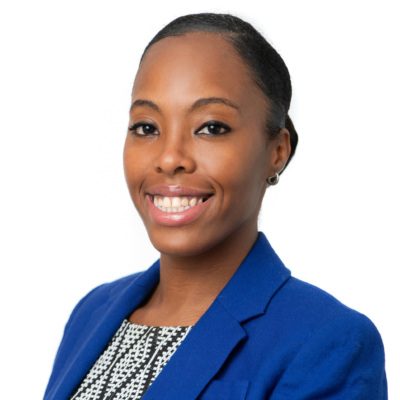Standing With Black Communities by Standing Against White Supremacy in Child Care and Early Education Spaces
The systemic effects of racism in child care and early childhood education (ECE) policies, systems, and workforces are apparent in the wide range of social, economic, educational, and wage inequities that disproportionately impact Black children, families, and care providers. These effects are present in the implicit and explicit bias and racism used to justify more frequent and harsher punishments for Black children in comparison to similarly behaved white children. They undergird the marginalization of Black parent voices from policy conversations and legislative decisions that directly impact their communities. And they diminish the value of child care because of its association with Black women, who were forced to care for white children during slavery and are now paid poverty-level wages. However, despite the longstanding and far reaching impacts on communities of color, the child care advocacy space—particularly in research, policy, and legislation—is predominantly white. Now is a critical moment for organizations to address how a lack of representation within these spaces has upheld the systemic effects of racism—including within the Center for Law and Social Policy’s (CLASP) child care advocacy work.
In recent weeks, many early childhood organizations took an important step in declaring their commitments to stand with Black communities against systemic racism and police brutality in response to the murders of George Floyd, Breonna Taylor, Ahmaud Arbery, Tony McDade, and countless others. While these statements are important, they are insufficient. Truly standing against racism requires a commitment to dismantle the culture of white supremacy that supports it—especially when the goal is to equitably support children, families, and care providers. However, advancing equity only works when people from historically marginalized communities are leaders in the process—as child care grassroots organizers and people of color-led ECE organizations have clearly demonstrated.
The child care sector has not escaped the wide-ranging effects from the deep-rooted culture of white supremacy. It is rooted in the internal policies, practices, and patterns that drive early childhood research, funding, advocacy, and policy. These effects are visible in how the social norms, perspectives, skills, voices, concerns, and interests of non-white, and particularly Black, people are often diminished. This, in turn, shapes hiring, retention, and promotion patterns that establish professional and social norms. These norms shape partnerships, policy perspectives, and funding priorities, which ultimately inform the work. An organization’s effectiveness and reach is reduced—and children, families and providers are ultimately harmed—by failing to remove and replace a culture of white supremacy with one that promotes sustainable equity at all levels.
Dismantling white supremacy and centering equity are more than organizational goals, they are ongoing processes that require organizational, team, and individual accountability and commitment – particularly from white people. Those working in early childhood advocacy, research, and policy who are serious about tearing down racism can:
- Create safe spaces in the workplace for thoughtful and engaging organization-led conversations addressing racism, white supremacy, colonialism and their current impact on individuals, society, and the organization’s work.
- Encourage and offer resources for learning about racial equity that do not burden colleagues and staff members of color.
- Apply a racial equity lens to all work to understand inequities between groups’ outcomes, outputs, and resources as well as understanding the historical context and impact that support them.
- Create an atmosphere and structures allowing those with lived experiences to significantly engage and contribute to research and advocacy internally.
- Intentionally develop external partnerships with local care providers and staffers, grassroots organizations, and parent-led organizations from Black and other communities of color to better understand policy implications and impacts.
- Pay people who are directly impacted and used as resources for their time and expertise.
- Insist on equitable representation in expert panels, the media, and conference presentations—especially those related to issues that directly impact Black and other communities of color—by collaborating with or referring a qualified person from within those communities.
- Develop a personal commitment and willingness to learn, listen, and respond with empathy without distracting from the experiences of people of color and a willingness to apply those lessons to your personal and professional life.
The process of uprooting white supremacy in the early childhood community will take serious, persistent commitment from all of us. Our racial equity journey to identify and disrupt internal systems of white supremacy—as individuals, as a team, and as an organization—has had failures and successes both. And we know that, like many of our partners, we have much more to learn and do. We call upon our partners in the early education field—particularly our white partners and white-led organizations—to identify new or additional steps we all can take as we invest time, resources, and funding into these efforts. Build on this list and let’s learn and grow together, holding each other accountable along the way. There is no other choice. Because if we fail to reckon with white supremacy and center racial equity in our own spaces, we will continuously fall short of providing the necessary advocacy, resources, and policies to support all children, families, and providers—but especially Black and other communities of color.
